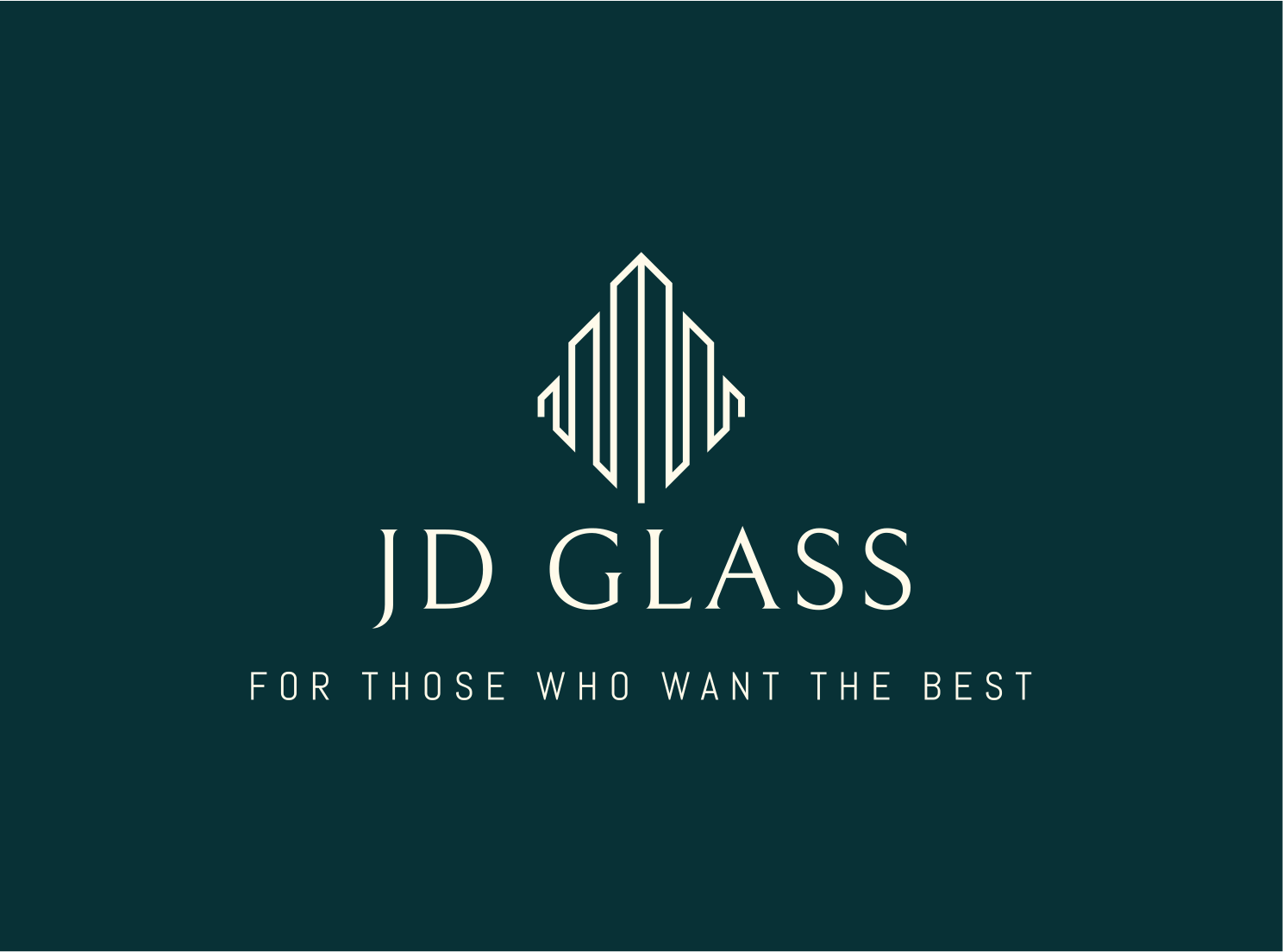Glazing Innovations
The Future of Glazing: Innovations Shaping Modern Architecture
Glazing has long been a crucial aspect of architectural design, enhancing natural light, offering insulation, and contributing to the overall aesthetic appeal of buildings. As we look to the future, advancements in glazing technology are set to revolutionize both residential and commercial construction, making buildings more energy-efficient, sustainable, and adaptable to changing environments. Here’s a look at some of the emerging trends and innovations in the glazing industry.
1. Smart Glass: Revolutionizing Energy Efficiency
One of the most exciting developments in glazing technology is the rise of smart glass, also known as electrochromic or switchable glass. Smart glass can change its tint or transparency in response to environmental conditions or user controls. This technology allows windows to automatically adjust to the amount of sunlight entering a building, reducing the need for air conditioning during hot days or artificial lighting in darker conditions.
With smart glass, buildings can optimize energy use, cutting down on heating, cooling, and lighting costs while enhancing occupant comfort. As the technology advances, smart glass is becoming more affordable, making it a viable option for residential as well as commercial applications.
2. Photovoltaic Glazing: Turning Windows into Energy Sources
Another promising innovation is photovoltaic (PV) glazing, which integrates solar panels directly into windows. These panels convert sunlight into electricity, enabling windows to not only provide natural light but also generate renewable energy. PV glazing is especially beneficial for buildings with large glass façades, allowing them to harness solar energy without the need for traditional rooftop solar panels.
As solar technology continues to advance, photovoltaic glazing is expected to become more efficient, transforming the way buildings produce and consume energy. This could significantly reduce carbon footprints and make structures more self-sustaining.
3. Triple and Quadruple Glazing: Enhancing Thermal Performance
While double-glazed windows have long been the standard for energy-efficient construction, the future lies in triple and even quadruple glazing. These advanced glazing systems provide superior thermal insulation, reducing heat loss in colder climates and minimizing heat gain in hotter regions. By adding extra layers of glass with insulating air or gas-filled spaces, these windows can dramatically improve a building’s energy efficiency.
In the future, triple and quadruple glazing could become standard in both residential and commercial buildings, especially in regions with extreme climates. As manufacturing processes improve, these options will become more accessible and cost-effective.
4. Dynamic Glazing: Adaptability for Comfort and Efficiency
In addition to smart glass, dynamic glazing refers to windows that can adjust their light transmission based on external conditions, such as sunlight, temperature, or time of day. This adaptability helps create more comfortable indoor environments by controlling glare, heat, and natural light. For example, dynamic glass can darken to block excessive sunlight in the afternoon and become clear again as the sun sets.
Dynamic glazing systems, often integrated with building automation, offer a more sustainable and user-friendly approach to managing a building’s energy use and indoor climate.
5. Self-Cleaning Glass: Reducing Maintenance Needs
One of the more practical innovations in glazing is self-cleaning glass. This type of glass is coated with a special material that reacts with sunlight to break down dirt and debris. When it rains, the dirt is washed away, leaving the window clean with minimal need for manual cleaning.
Self-cleaning glass is particularly useful for buildings with large glass facades or hard-to-reach windows, reducing maintenance costs and improving the longevity of the glass.
6. Transparent Insulation: Balancing Clarity and Insulation
Transparent insulation materials (TIMs) are an emerging technology that could further revolutionize the glazing industry. TIMs allow for the passage of natural light while providing high levels of thermal insulation. This technology combines the aesthetic benefits of clear glass with the insulating properties typically found in opaque building materials.
In the future, transparent insulation could enable architects to design buildings with expansive glass surfaces without compromising on energy efficiency, paving the way for more innovative and sustainable architectural designs.
7. Glazing and Sustainability
As sustainability becomes an increasingly important consideration in construction, the future of glazing will be closely tied to green building practices. Many glazing systems will focus on reducing energy consumption, improving indoor air quality, and enhancing natural ventilation. Innovations like low-emissivity (Low-E) coatings, thermochromic windows, and advanced frame materials will all contribute to greener, more efficient buildings.
Furthermore, the use of recyclable materials in glazing systems and the development of eco-friendly manufacturing processes will be crucial in minimizing the environmental impact of window production.
Conclusion: A Glimpse Ahead
The future of glazing holds immense potential to reshape the way we design and interact with our buildings. From smart glass that adapts to the weather, to solar-generating windows that power entire structures, glazing technologies are becoming smarter, more sustainable, and increasingly efficient. As these innovations continue to evolve, architects and builders will have even greater flexibility in creating structures that are both visually stunning and environmentally responsible.
